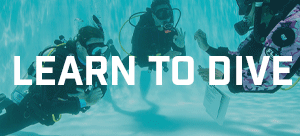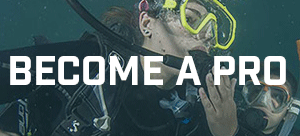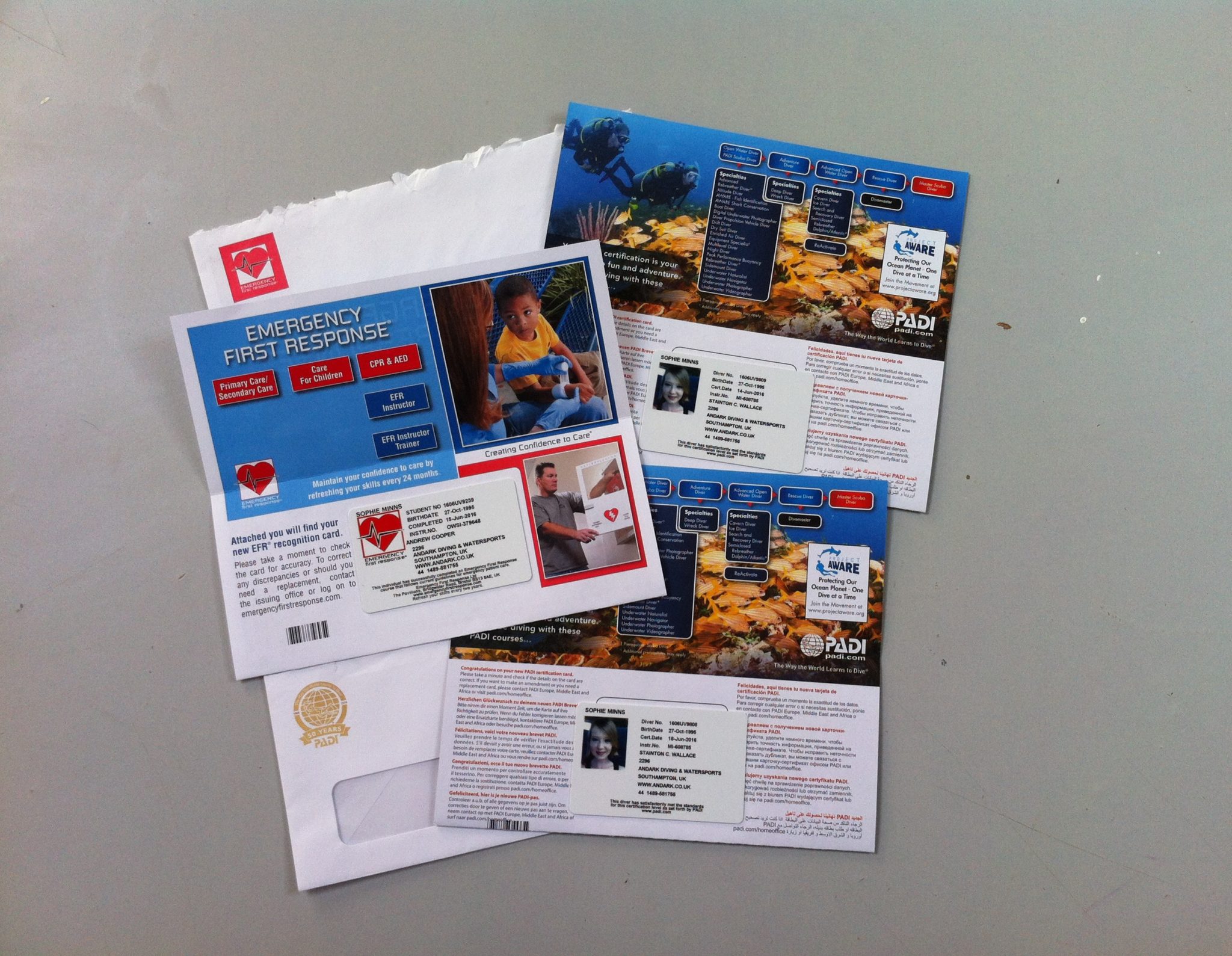Our 4 Andark Scholars have embarked on their PADI Rescue Diving course complete with EFR. The PADI Rescue Diver and Emergency First Response combined course can best be described as rewarding and […]
LIZ MOSELY – ANDARK DIVEMASTER SCHOLARSHIP 2024
Hi, My name is Liz, and I’m one of the dive master scholars for 2024! I just recently finished my second year of university, where I’m a Film Studies with […]
ANDARK SCHOLARSHIP PROGRAMME 2024
Our Andark Scholarship Programme is an intensive internship programme aimed at anyone wanting to become a professional diver, it runs from mid June through to September. Andark uses an internship approach to […]
PHOEBE PEDDLE – ANDARK DIVEMASTER SCHOLARSHIP 2024
Hi, my name is Phoebe, and I am 20 years old. I am currently studying Marine Ecology and Conservation at university as it is something I am very passionate about. […]
XAVIER HANNAM – ANDARK DIVEMASTER SCHOLARSHIP 2024
Hi, my name is Xavier and I am 18 years old. I am just finishing my A levels and hope to go to University to study Geography and International Relations […]
JASMINE COLLINGWOOD- ANDARK DIVEMASTER SCHOLARSHIP 2024
Hey I’m Jasmine one of the Andark scholars this year. I am currently a 2nd year student at Plymouth University taking Marine Biology. I first started diving at the age […]
PSAI Advanced Nitrox and Decompression Procedures
Jake writes about his first experience with technical diving at the National Diving and Activity Centre, Chepstow.
This course serves as an entrance to the world of technical diving. The jump from recreational diving is huge and as a result, three days are required to develop the skills and the change of attitude required to conduct safe diving practices. The process started with studying the manual, which everyone really looks forward to at the start of every course.
Friday
The first day of the course involved no diving (fortunately as I had forgot my drysuit), the purpose of the day was to understand the information learnt prior to the course and to discuss kit setup. We all discussed our own gear, and allowed everyone to view the different ways the twinsets had been set up and regulators routed. Allowing people to comment how it could be done more efficiently or what problems it could present in different scenarios. The most important lesson learnt was that for kit configuration there isn’t a set way that is correct, everyone’s kit was slightly different as it suited what they found most comfortable.
Saturday
By this point we were all eager to see how the modifications would affect us in-water. We had two dives to do, and a lot of skills to practice. Mike and Carl wanted us to build up muscle memory so that in an emergency, the skills would be fluid and done with precision. This involved sitting on the platforms at Chepstow practicing shut down drills, swapping between regulators, finning techniques and many more. The introduction of a stage cylinder altered the way we all dived and the use of an extra regulator took a while to get used to.
Sunday
The final day, all our dive planning had led to this day. We only had to do one deeper dive, so we took the day slow and kept emphasis on keeping calm and relaxed throughout. The dive planned was to 43m, with a bottom time of 15 minutes and a total dive time of 38 minutes. We were going to simulate decompression for a longer dive time to develop greater experience with ascent rates and stopping at set depths. The dive was a success, with me discovering what narcosis feels like at the amusement of everyone else. That is something that is unfortunately going to be brought up in every conversation.
I believe I can speak on behalf of the other students and thank Mike Rushworth and Carl Yates for a seamless course that tested our understanding and abilities and provided a solid foundation for safe diving practices.
Scholars Dive the Kyarra
Myself, Jake and Lucy were thrilled to have the opportunity to dive the wreck of the Kyarra in Swanage, Dorset. The liner Kyarra was a casualty clearing ship, with a quick-firing gun mounted on her stern as a defense against U-boats.
On the 26th May 1918 she was ordered to embark 1000 war-wounded Aussie soldiers in Devonport and return them to Sydney. However, she was hit by a German submarine and sank within 7 minutes.
On the 15th August we travelled down to Swanage pier, and boarded the Divers Down boat, ready to discover the Kyarra. We were diving on 32% Nitrox to give us more time explore the Kyarra. Once we had reached the site we entered the water safely and descended 23 meters down a line onto the ships port railing. There was a slight current as we were descending but nothing that made the descent difficult or dangerous. We observed many interesting features and wildlife, for example we saw the remains of the old bollards in the aft hold area, in which one of them had a crab living inside it! We also saw the rudder post and proceeded to swim to across the Kyarra’s hull. There were various fish living around the wreck.
The visibility was fairly good and overall was a very interesting dive. We agreed prior to the dive to start making our ascent when the first person reached 100 bar, which we successfully managed including a safety stop at 5 meters. During the safety stop we launched a delayed SMB so that the skipper could move the boat close to us to pick us up. Once the boat was close enough we held on the line of the side of the boat and proceeded to the back of the boat where the lift was. When we all were back on board we were all very happy about the dive, and made our way back to Swanage pier!
By Natasha
Scholarship Week 4
Sophie
Women’s dive da

Sunday was calmer with a trip to Vobster Quay, a flooded quarry, for the PADI Advanced Open Water Course. I spotted lots of little fish while doing surface cover then went on a Wreck dive with students to a sunken plane. I was fortunate to get an extra dive with Simon, a DM, who took me on an underwater tour of Vobster Quay and down to a caravan where the water temperature was 8’C! Much too cold for my liking but I’m glad I’ve done it.
On Wednesday I helped out with evening training in the pool. It was great to watch students take their first breath underwater on the Discover Scuba Diving and to grow in confidence during the session. I’m now assisting with a PADI Junior Open Water Course where the students are learning new skills in the pool and are excited to be doing their first open water dives this weekend at Andark Lake.
Next week we are going to visit PADI headquarters for a sneak peak behind the scenes – I’m very excited!
Andark Scholarship Week 3
Sophie My PADI Advanced Open Water, Rescue Diver and Emergency First Response (EFR) qualification cards arrived in the post. I have been busy at Andark over the past couple of […]































